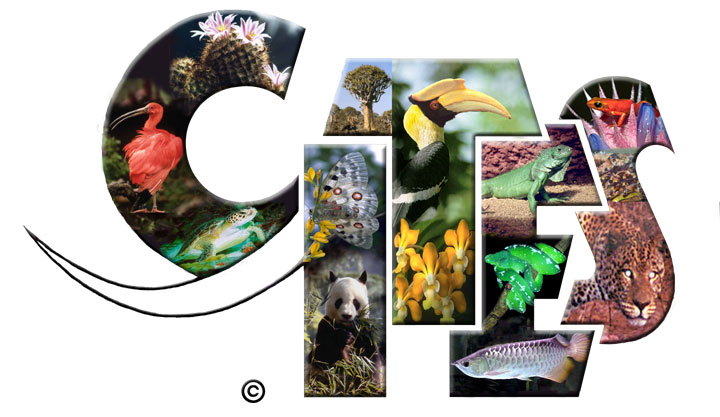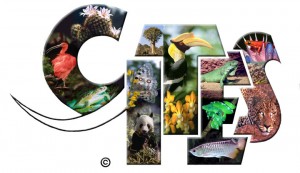Manta rays today received provisional protection against unsustainable international trade when 178 nations voted on whether to list the species under CITES Appendix II during an assembly in Bangkok, Thailand.
Manta rays, together with the five shark species under consideration, have successfully been awarded protection under the Convention for International Trade in Endangered Species. This marks a considerable step towards conserving this threatened species, and we sincerely hope that the decision will be confirmed by a plenary vote later this week.
Manta rays, oceanic white tip sharks, scalloped hammerheads, great hammerheads, smooth hammerheads and porbeagle sharks have all been provisionally accepted for listing under CITES Appendix II. This decision will permit some legal and sustainable trade, provided it is not detrimental to the status of wild populations. As such, exporting nations will be required to establish the scientific and regulatory expertise to monitor populations and implement harvest and export controls.
“Sharks and manta rays are extremely important to the ocean ecosystems,” said Sam Rauch, of the U.S. National Oceanic and Atmospheric Administration. “The global protection that CITES offers these incredible species will complement existing international shark protection measures by ensuring their trade is sustainable and does not threaten their survival. We are thrilled these important shark and ray proposals were adopted and applaud the leadership of the many countries that helped us get there.”
CITES currently has 178 member nations, and proposed additions to Appendix II must be agreed to by a two-thirds majority during an assembly that is held only once every two to three years. Today’s result highlights the strong worldwide commitment to effective and immediate management and conservation of manta rays.



